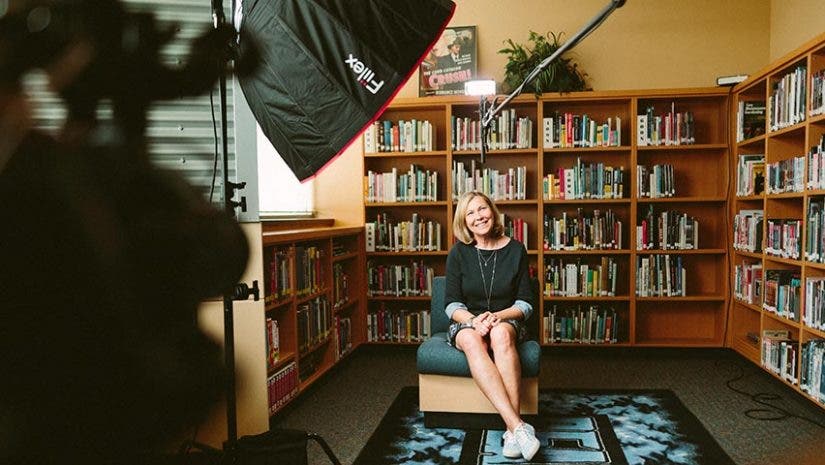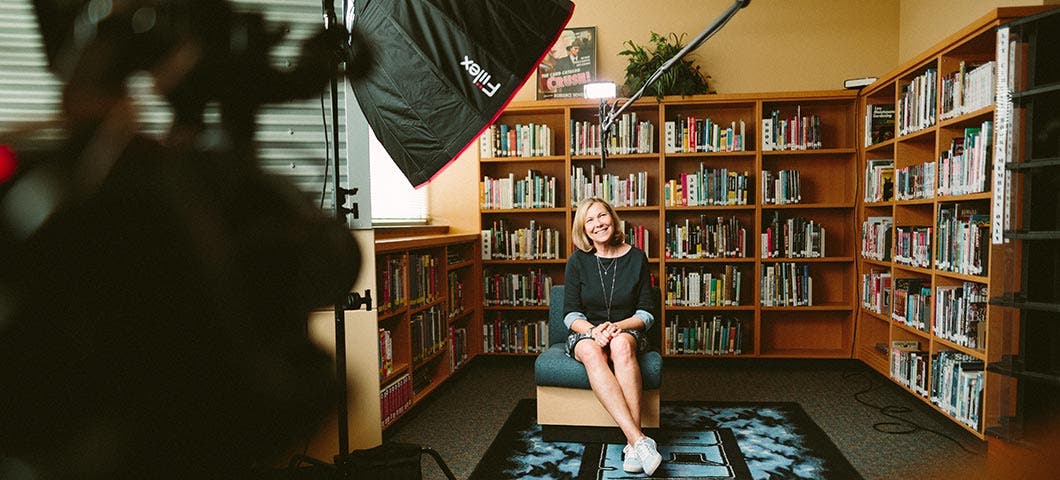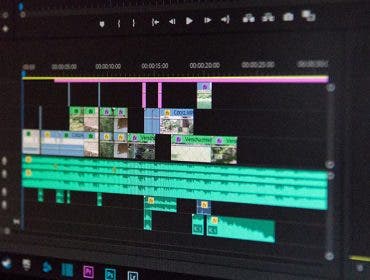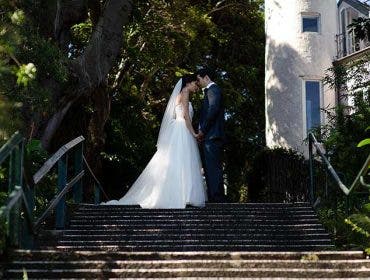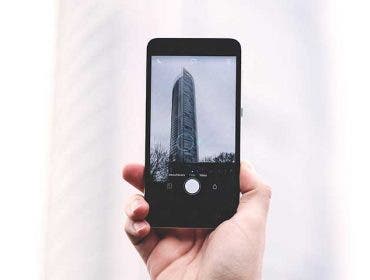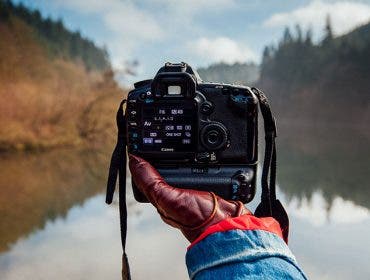Whether it’s a corporate marketing video or an investigative documentary, virtually all professional filmmakers can agree that audio isn’t just important; it’s essential. Video interviews can add helpful narration to move a story along and engage viewers on a deeper level.
In travel documentaries, video interviews help the audience understand the person behind the story — and in many cases, the culture. In marketing films, video interviews can drive interest and brand loyalty among viewers, who can now put a “face” to the brand.
But not all video interviews are created equally — and they’re not as simple as putting someone on camera and calling it a day. If you’re shooting any sort of film that would benefit from audio (i.e., any film), here are 5 tips to record great video interviews.
1. Use professional audio equipment
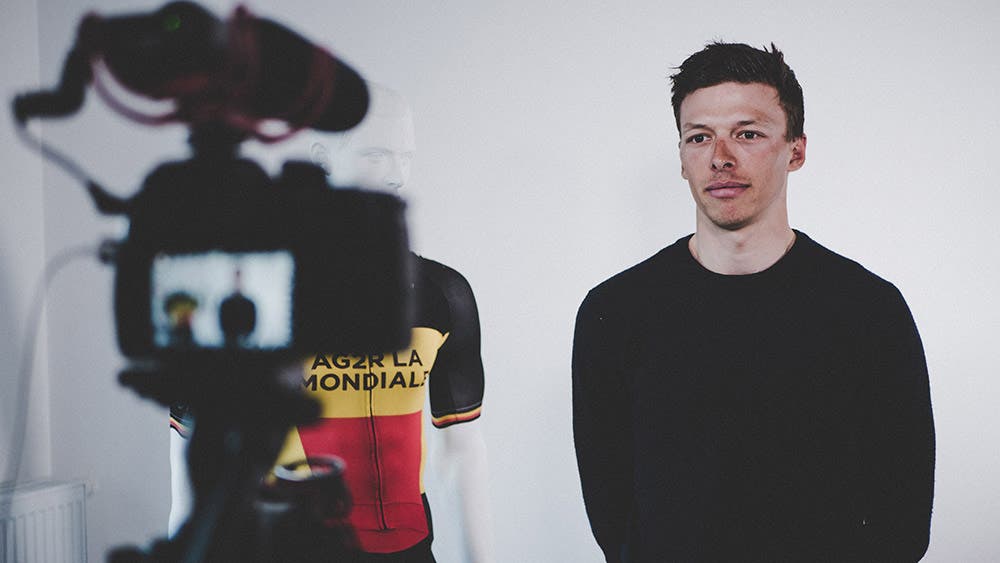
A video interview is only as good as the audio that comes out of it; that’s why investing in high-quality audio equipment is essential. Since the majority of my films are weddings, mini travel documentaries, or company films — and I’m usually shooting solo — I rely on a small lavalier microphone like the Tascam DR-10L. This little wireless lavalier records top-notch, clear audio. It’s easily disguised on my subjects and, given it’s no larger than a pack of gum, it takes up almost no room in my backpack.
Pro tip: Don’t just clip the microphone on your subject and call it a day. Try to hide it under, say, a scarf, the knot of a tie, or between the buttons of a shirt. Also, keep an eye on the cord; it has a sneaky way of sticking out mid-film, in which case you’ll need to politely stop the interview and adjust it to avoid glaring distractions.
2. Choose a clean and logical backdrop
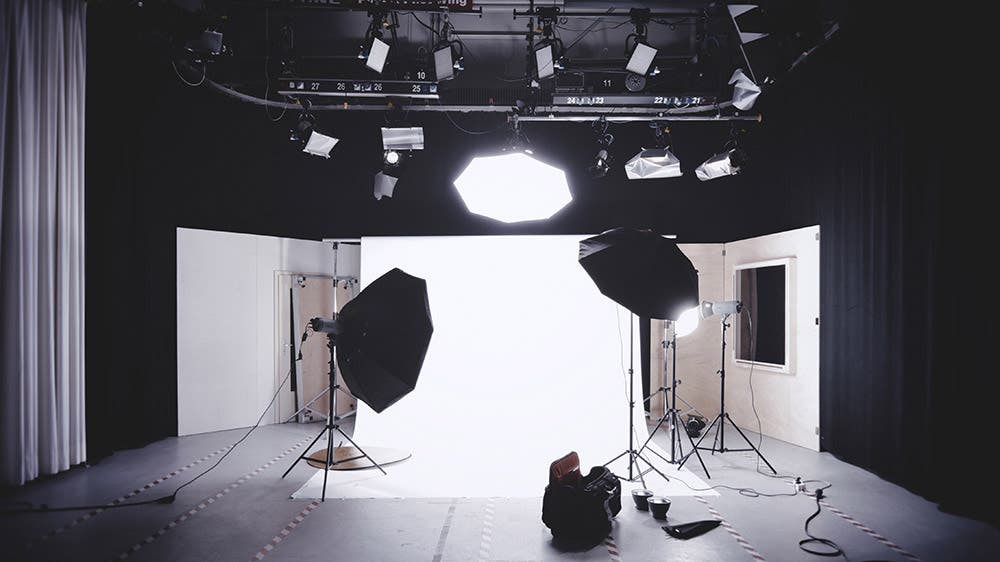
A backdrop can either complement or hinder your film, which is why you must take the time to think it through. If you’re filming a company video, look for a background that reflects the vibe you’re going for (e.g., exposed brick if you’re a creative company, or a bookshelf if you’re more corporate). The same goes for documentaries. When you’re filming a video about, say, a wildlife conservation group, it doesn’t make sense for your video interview with the founder to take place in a coffee shop. Instead, aim for the outdoors or a lab where they do conservation work.
Now, sometimes you’re tight on time or limited on options; all is not lost. Just choose a clean, nondescript background such as a colored wall. This way viewers will hardly notice the backdrop, and instead will just focus on the subject.
Pro tip: Move your subject at least a few feet away from the backdrop or wall so you can blur out the background. This helps your film look more professional and can remove any small distractions (such as, say, a scratch) on the wall.
3. Share tips with your subject
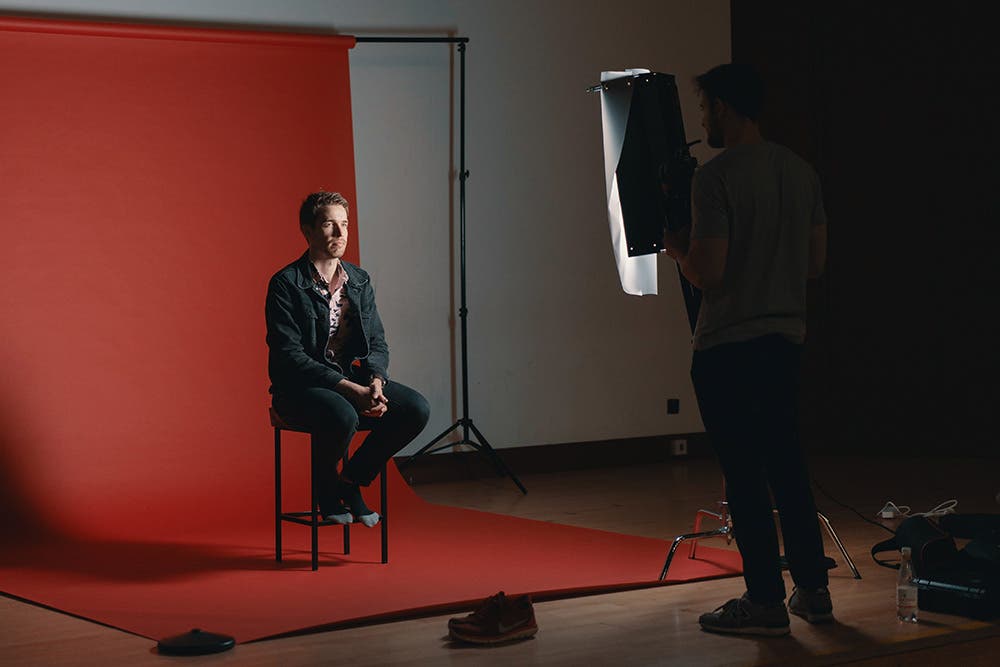
While you’re used to filming video interviews, your subject is probably uncomfortable — bordering on nervous — so it’s your job to put them at ease (unless you’re going for a dramatic, investigative, and off-the-cuff interview, in which case, jump right in!).
I start every video interview with a few tips to help them understand what I’m looking for and what they can do to help:
- Look at me, not the camera: Interviewees with limited on-camera experience are likely to look at the camera mid-interview, which in the world of video journalism is a pretty big no-no. You want the interviewee to look at you the whole time to ensure the viewer doesn’t feel uncomfortable and the video feels natural.
- Try not to fidget: Moving around can disrupt the microphone and become distracting for viewers, so I ask my subjects (politely) to stay as still as they can. This also helps when I’m a one-woman-band filming, because I typically focus the camera manually. (Although with the Sony A7Sii and Sony A7iii’s auto-focus features, I’m changing my ways!)
- Repeat the question back to me: Instead of jumping right into the answer, if your subject can start their response with the question, they’ll help move the story along immensely. For example, instead of saying “I’ve always liked animals,” you’ll have “I decided to join the wildlife conservation industry because I’ve always liked animals” to work into your video.
4. Start off with easy questions
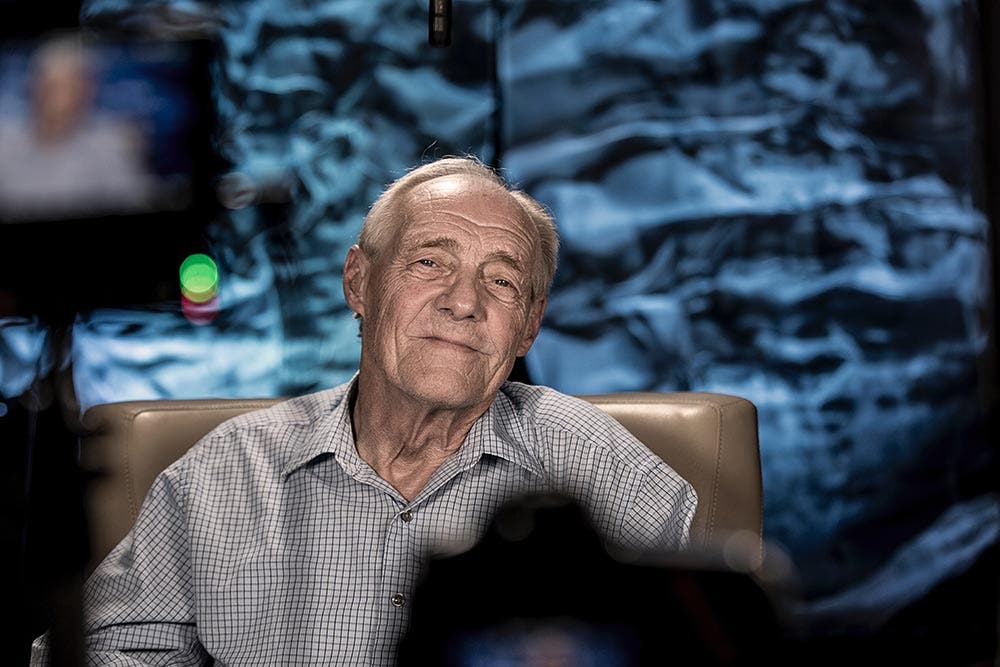
To put your interviewee at ease, begin the conversation with lighthearted “throw-away” questions. I typically begin with simple facts such as their name, home town, company, etc., and save some of my more important questions (e.g., what is the future of wildlife in their country?) for later, once the subject is warmed up.
Pro tip: Ask your important questions twice. In every interview, you’ll have two or three questions that can make or break your film, so make sure to rephrase those questions and ask them again to have as much audio variety as possible in post.
5. Gather b-roll of your subject
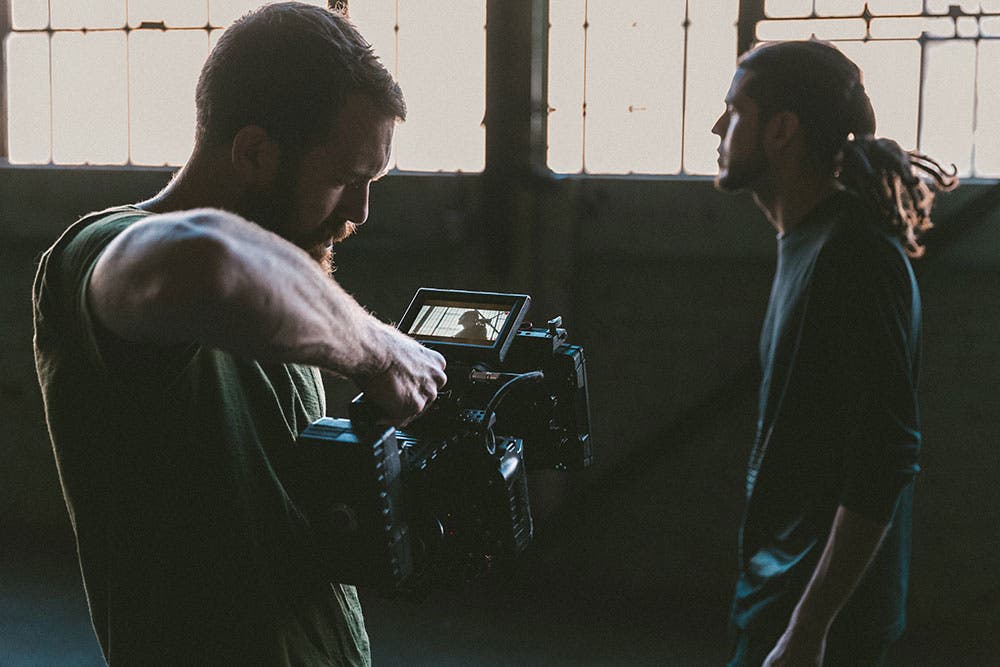
While your main priority is the interview, it’s nice to have b-roll of your subject in the field, actually doing what they’re talking about on camera. This could be typing at a computer, pouring a cup of coffee, or tracking wildlife in their country. This adds interest to your story, as a three-minute talking head is tough (if not impossible) to watch.
For a quick glimpse at on-camera interviews intertwined with subject b-roll, here’s a sizzle I filmed and produced for NYC-based travel blogger Katie from Stories my Suitcase Could Tell.
Stories My Suitcase Could Tell | Brand Film from Stephanie Vermillion Studio on Vimeo.
Ready for more video tips? Check out our guide on how to make your films look more professional.
Feature photo by Sam McGhee on Unsplash
